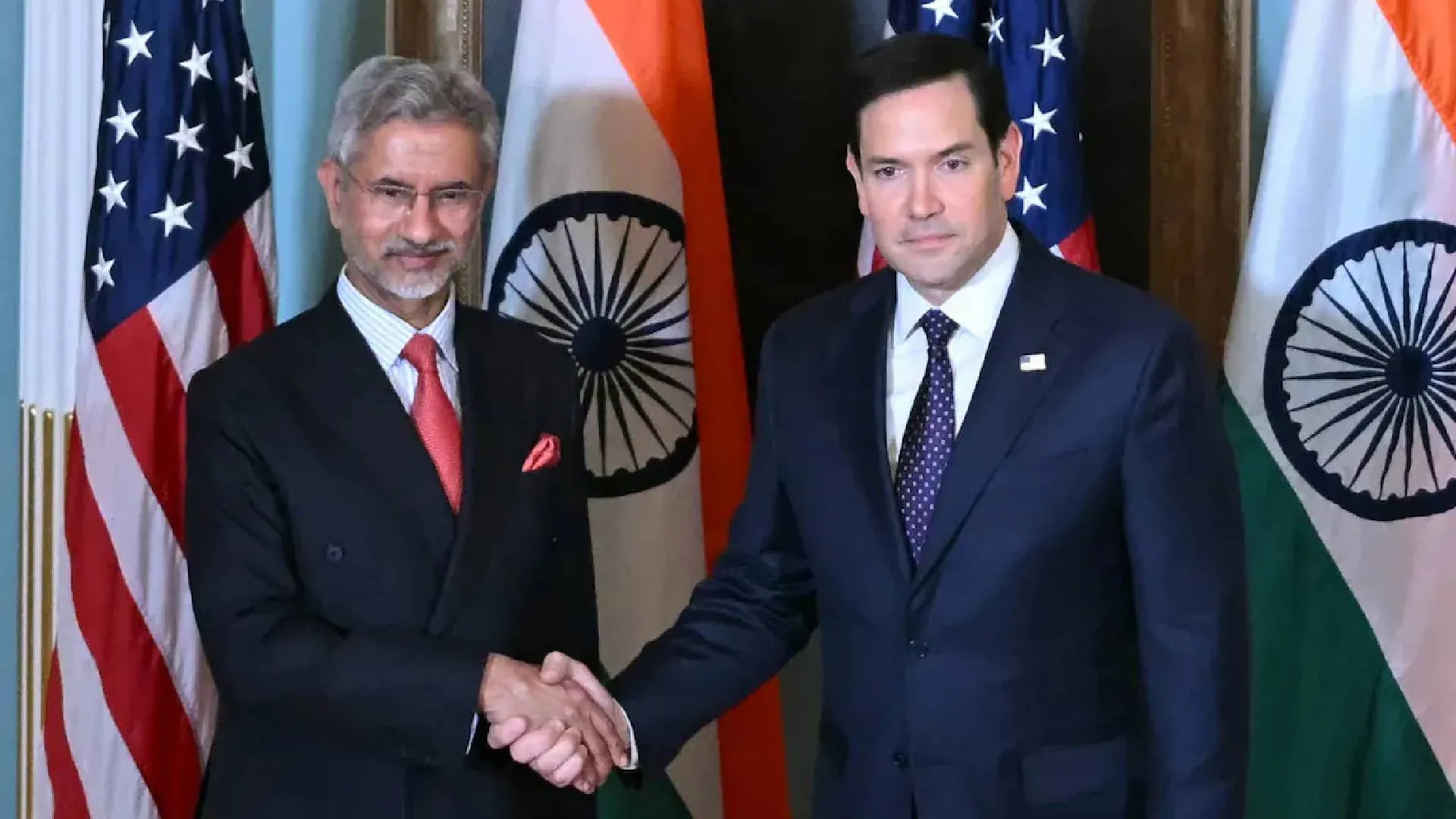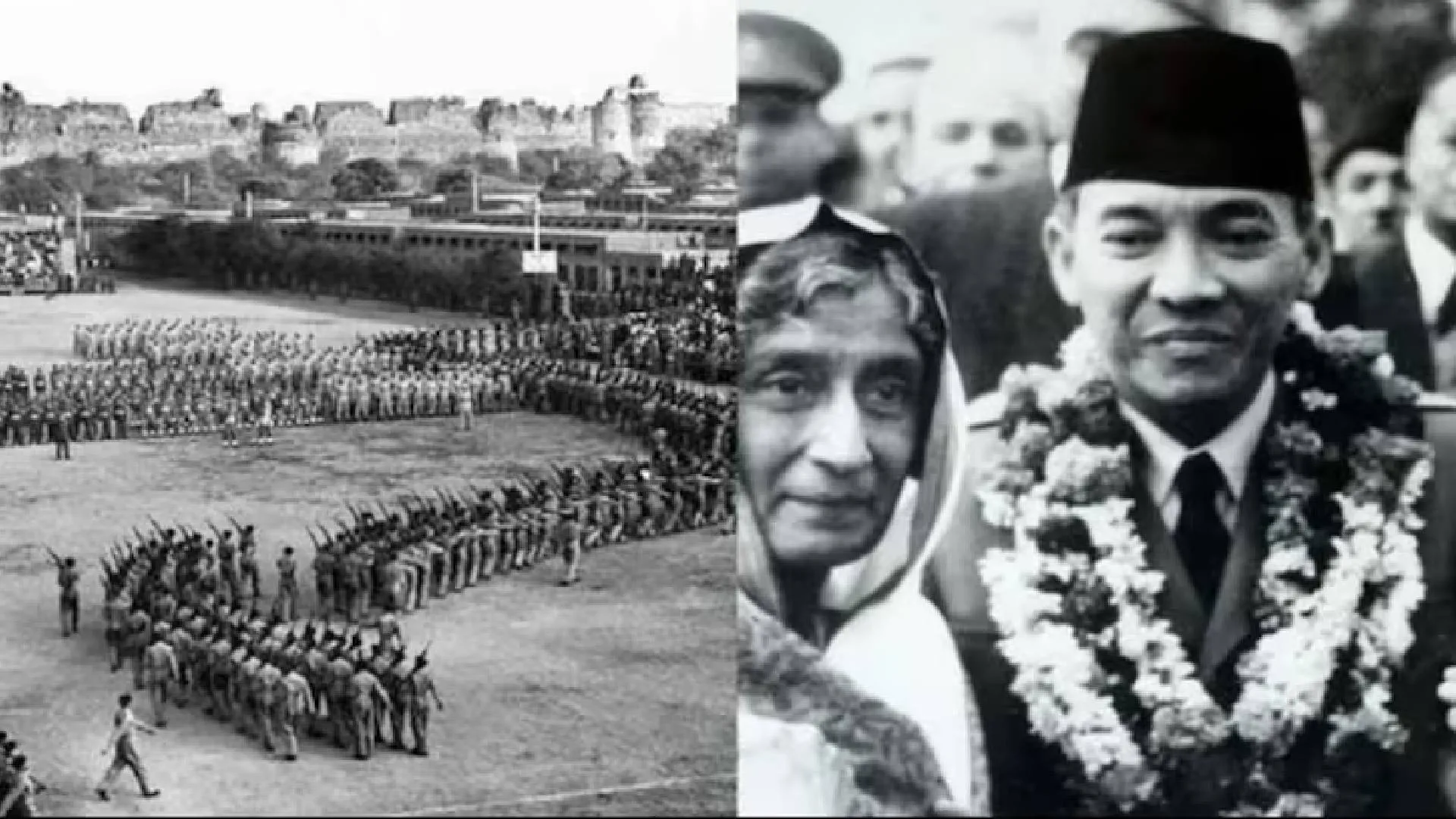Indians are not well known for their philanthropy, except when it comes to religion. But there are exceptions, and large ones. The Azim Premji Foundation is the best known, supporting causes ranging from Gender Justice to Constitutional Values and Democracy. Tata Trusts have been in the limelight in recent times, more for the upheaval at the top than for the work they do as one of the oldest philanthropic organisations in India, providing support and funding for sports, education, livelihood and so much more. A lesser known but equally prolific charitable organisation is the Reliance Foundation, known for its sports development programmes, arts, culture, and heritage programs, and so much more.
These big organisations are not alone. Almost every family-run organisation has a foundation that supports a myriad of social initiatives. All MNCs, public companies, and smaller companies also participate actively, as part of a mandatory CSR spend requirement by the Government of India.
Mandatory or not, almost all of these organisations support social welfare, finding ways to both fund NGOs and get their employee base involved in development sector initiatives as volunteers.
When it comes to individual giving, however, the story is quite different. In a recent study conducted by the Center for Social Impact and Philanthropy at Ashoka University, 87% of households surveyed donated during the peak of the pandemic – 2020 and 2021. However, 70% of giving was directed towards religious organizations. A further 12% went to beggars, 9% to extended family and friends, and a paltry 5% to NGOs and other charitable organizations. As a comparison, in the US, 27% of charitable contributions in 2021 went to religious organizations, the remaining to a variety of social services.
So why don’t individuals give? Preeti Kher Dulat, a fifty-something ex-banker, began working with an organisation called Deeds for Needs, raising funds as needed right when Covid began. She says, “I have sent out an appeal and always get more than I asked for.” She also says that she only reaches out to people she knows. Preeti’s experience is that there is scepticism among people about where the contribution is going. “Where religion is involved, people think the money will be used properly, even though they have no idea what’s happening to that money,” she says.
It is only in recent times that people in India are experiencing a feeling of abundance, of having more than they can use. The older generations are still hoarding, saving for a rainy day, saving for retirement, and other commonly quoted claims. They are not wrong in feeling the way they do. Their instincts have been honed over a long time, when salaries were miniscule, taxes on businesspeople were sometimes as high as 90%, and goods and services as basic as a phone line were only possible with a bribe and long waiting periods. The fact that there is a massive disparity in income across the country is something that neither strikes nor bothers many people.
Yet, Preeti can collect thousands and even lakhs of rupees from people who are distant from their causes but not from their faith in Preeti.
Parul Vaidya is the CEO of the Pune Chapter of Social Venture Partners (SVP), a foundational program for current and aspiring philanthropists. SVP connects donors, non-profits, and social enterprises for greater impact, together. Parul says, ‘People who have the capacity to give should.’ She says that she has never been apologetic about asking people to join SVP and contribute. It is our moral responsibility to do something before more people go the wrong way. “How long can we think that the pain and despair are not going to come to our house?” “How long can we think about the petty theft and other crimes that people with no regular livelihood sometimes resort to?”
Parul is of the mind that a ‘giving nature’ is increasing in our society, that increasingly, people want to give, to help but don’t know how to. But she also admits that one of the main reasons individuals don’t give to NGOs is because there is a deep-rooted scepticism about such organizations, primarily because most of the reporting about NGOs is about things gone wrong. No one talks about NGOs that are doing excellent work, improving lives, even saving lives. Much of that has to do with the fact that NGOs don’t market enough, most don’t have the skills to do so. Moreover, positive and uplifting stories rarely make it through the thick fog of accusatory wrongdoing.
So, what do people who want to make a difference but don’t have a Preeti or a Parul in their lives do? There are other ways to contribute. Those ruled more by the head than the heart can invest in companies operating in the social sector instead of funding NGOs. There is good work being done by start-ups in the fields of education, healthcare, and mental health. Unfortunately,some causes, such as those related to support for the disabled, cannot be run as social enterprises, they run exclusively on donations and grants.
In recent times, governments around the world have turned to Social Stock Exchanges – a way to raise capital for the development sector. They have also begun piloting Social Impact Bonds, a private-public partnership to provide outcome-based funding for public welfare projects. These innovative concepts are in their early stages, and it remains to be seen whether they will provide the development sector the support it needs while making it easier for people to make a difference.
There are ways and means to give and support, to care and to help. We must trust and believe, open our hearts and minds and do only as much as we wish to, or even nothing at all.
Priya Hajela is the author of Ladies’ Tailor, published by Harper Collins India.























